My Breech Baby: How to Turn a Breech Baby

I knew my baby was breech.
Before I went into my doctor’s appointment at 37 weeks – where they would determine the position my baby was in, I just had a feeling. Call it mother’s intuition, but when the OBGYN pulled up the ultrasound and said, “Well, it looks like this baby is breech”, I wasn’t too shocked. The night before we went in, I actually had a dream the baby was breech.
Still, as soon as she confirmed my suspicions, I was emotional.
Your infant being breech isn’t the worst “complication” with pregnancy by a long shot. I would much rather have a breech baby than many other things that could possibly happen. However, it is still one of those things that throws a bit of wrench in your “ideal” birth plan.
All of the sudden my OBGYN was talking about our options, including a possible C-section. I’m not against C-sections at all. However, if I could avoid one…I wanted to! It can complicate future pregnancies, the recovery is more difficult, and if I’m being honest, I just wanted to give birth vaginally.
So, the moment we left the office, I started researching about turning breech babies. I don’t think we even left the parking lot. The statistics show (and my doctor warned me) that if a baby is breech at this point, the likelihood of them flipping to be in the vertex or head down position was very unlikely.
Still, I didn’t want to leave it up to chance. Forrest and I both felt that we should try everything we could, and if he didn’t flip, then that is how it was supposed to be.
I know a lot women find themselves in this position, so I thought I’d share some of my research, as well as ways to turn a breech baby that we tried.
Is My Baby Breech?
The best way to tell if your baby is breech is through ultrasounds. While most caregivers can determine position by palpating the uterus, it can be difficult. I had a nurse who couldn’t tell when I was in labor (which you can read about here) if Oliver was head down or breech. However, if you are trying to figure it out at home, here’s a few ways. I could definitely tell that Oliver had flipped!
- Location of heartbeat – if the heart beat is being detected above the belly button, they are probably breech. I had a heartbeat doppler that I used at home throughout my pregnancy, and this was certainly the case for me. When I started hearing his heartbeat in my low pelvis, I started to have hope that he flipped.
- Hiccups – many babies have hiccups throughout pregnancy, and often when they are deep in the pelvis, that is an indication that the baby is in the head-down position.
- Feeling – I’m not the best at discerning where body parts are when I’m pregnant. However, you might be able to – the head and bottom felt the same to me. During my pregnancy, I kept feeling a ridge over one of the lumps, which ended up being his head. When he was born, and I ran my hand across his head, I felt that same ridge and realized that I had been feeling his head the entire time. Jack didn’t have that ridge when he was born, but it’s something I’ll pay attention to closer next time.
Options for Breech Babies:
When you find out your sweet baby is in the breech position, there are a few options:
Turn
Obviously, there is the option that the baby will turn. As I already mentioned, past 36 weeks, this isn’t the most likely thing to happen with no help- though it does! I spoke with quite a few people throughout the last few weeks of my pregnancy who told me that their baby had flipped on their own in the last few days of pregnancy – even up until right when they went into labor. So don’t listen to anyone who tells you they can’t turn this late in pregnancy. They can!
C-Section
If the baby does not turn, they will likely need to be delivered via C-Section. While breech vaginal delivery used to happen often, it’s not something most physicians are willing (or even capable) of doing. It’s thought to be the safest option in most cases. My physician did not want me to go into labor, which would increase the chances of the baby needing to be delivered breech, and she insisted that we schedule a c-section at 39 weeks. I researched to find that this was the norm. I convinced her to let me move it to a few days later, though she started listing off all the horrible things that would happen if I went into labor. It was kind of weird. Funny thing though – Oliver came on my first scheduled c-section date!
Vaginal Birth
This is a controversial topic, and it’s not one that I feel qualified to weigh in on. There are midwives and physicians that are willing to deliver a breech baby, though they are hard to find. I actually met with a doctor who does breech deliveries, though he had a very specific criteria to do so. He told me that most doctors aren’t trained in breech delivery anymore, which he thinks is bad, because even if they don’t want to do it on a regular basis, if they are faced with a breech delivery, they may not know how to do it. But, like I said, controversial, and I’ll leave it up to you to form your own opinion.
Why Are They Breech?
By the time a woman reaches 37 weeks gestation, the mass majority of babies are in the head down position. However, 2-4% of babies will be breech. There are a variety of reasons why a baby may be breech.
- Unknown – You may never know!
- Pelvic environment
- Short cord – the baby might not be able to turn around without harming themselves – often, this will be due to a short cord. When Oliver was born, we discovered he actually did have a short umbilical cord, so it was a bit surprising that he actually turned around. I believe he was able to because he was so small.
- Large head
- Not enough room to turn
- Abnormalities
Sometimes, you just have to trust that your baby knows what they are doing, and if they don’t turn, it’s because they couldn’t. You may never know why they didn’t flip. When my son was delivered, we actually found out that he had a rather short umbilical cord, which is very possibly why he hadn’t flipped…and it’s pretty fortunate that he was able to safely. I personally think he just liked being closer to my voice 😉
Types of Breech
There are different types of breech positioning, and some are easier to deal with than others. Oliver was in the Frank position, though at one point he actually turned to be transverse. Here is a diagram from Spinning Babies.
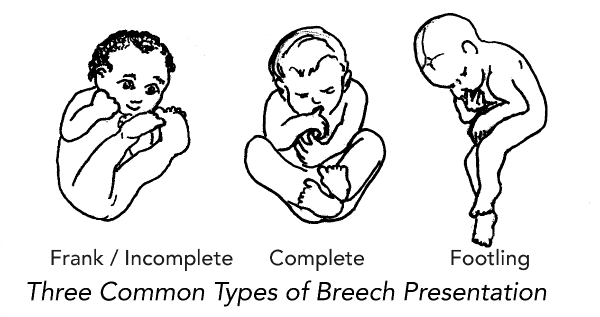
Frank/Incomplete Breech:
According to my doctors, this is the “best” breech position. I don’t really know why. This is where the baby’s bottom is closest to the birth canal, with the feet up by baby’s head.
Complete Breech:
Like Frank Breech babies, the baby’s bottom is near the birth canal. However, instead of the feet being up by the end, its knees are bent, causing the feet to be down by the bottom as well.
Footling Breech:
The baby’s feet are set to come out of the birth canal first.
Other Positions
Oliver kept flipping between frank breech and transverse, and then he finally flipped to the head down position. Transverse is basically when the baby is laying across your uterus.
This is where the baby has its head in the mother’s hip.
Techniques for Turning Breech Babies
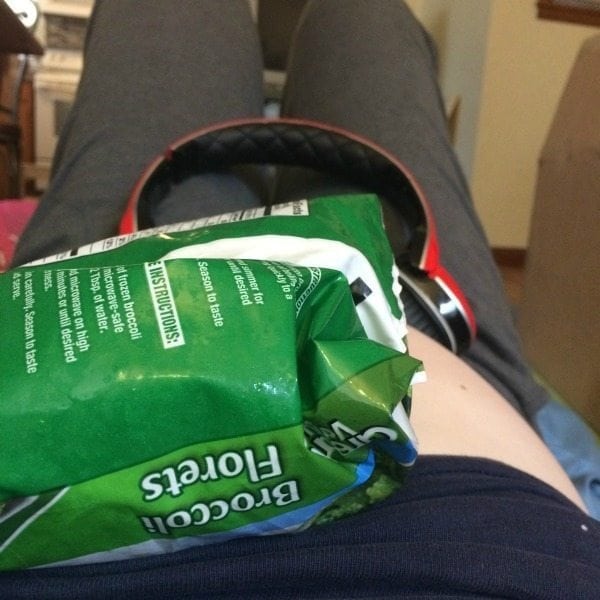
As I mentioned, I researched for hours all the turning baby techniques out there. I read forums, blog posts, and medical journals from a variety of sources. I wanted to try everything!
My baby turned around about a week after I initially found out he was breech. We really tried every trick in the book. Here’s all the different techniques we tried.
External Cephalic Version: When we spoke with our OBGYN, she basically gave us two options – an ECV or a C-Section. The day after we found out Oliver was breech, we were scheduled for this procedure. I wrote more about my ECV experience here. Basically, your OBGYN will try and move the baby. It has to take place in the hospital, because there is a small risk that your baby will have to be delivered. It’s not super comfortable (and as someone commented – it can be painful. For me, it was not.) It’s mainly encouraged for women who have plenty of amniotic fluid, are at a healthy weight, and have had a successful vaginal delivery before. I’m not sure if I would attempt this again.
The Webster Technique: When I found out Oliver was breech, I remembered that I had heard chiropractors can help with problems during pregnancy. I searched “chiropractors and breech babies” and came across the Webster Technique. It’s a technique that certain chiropractors are trained in to help make the environment easier for a baby to turn. This is a description from the ICPA website:
A chiropractic adjustment called the Webster technique is a specific sacral adjustment to help facilitate the mother’s pelvic alignment and nerve system function. This in turn balances pelvic muscles and ligaments, reduces torsion to the uterus and offers a greater potential for optimal fetal positioning. Originally used for breech presentations and then posterior presentations, current research is revealing the benefits of receiving the Webster technique throughout pregnancy for the prevention of dystocia. The International Chiropractic Pediatric Association offers chiropractors advanced classes on care in pregnancy, including the Webster technique.
It’s very much non-invasive, and I really believe it was one of the big reasons Oliver flipped around. I went in for about five adjustments over the course of a week, and every time I went in, I felt him move so much more than any other time.
I went to 100% Chiropractic in Highlands Ranch with Dr. Matt and Dr. Jessica. They were amazing! They were so concerned about the baby , and from the moment I first spoke with them, I knew they wanted to do everything in their power to help me. They are certified in the Webster Technique – if you go this route, I recommend going to this website to find a certified one. Before I went to them, I went to another doctor who said he knew how to do it…but he really didn’t. There was a big difference, and I’m grateful I found them.
Moxibustion: This was the weirdest thing I did, but I think it helped – the baby seemed to move quite a bit. It’s a form of heat therapy that uses a plant called mugroot. I bought some moxa sticks, and twice a day, I would burn them about 2 cm from the left corner of my toes for 20 minutes (these are acupuncture pressure points related to the urinary bladder, I believe.) It’s thought to make the baby move around a bunch and decide to flip over. The baby did move a ton when I did it! Make sure you do it in a well-ventilated area. At first, I did it inside, and our house smelled SO bad afterwards. I ended up doing it outside afterward, though I’m sure our neighbors must have thought we were smoking something!

Spinning Babies Exercises: SpinningBabies.com is an AMAZING resource for pregnancy in general but specifically when it comes to breech babies. There is so much information, and it’s where I learned everything I could about ideal birth positioning. Even when I was in labor, and Oliver hadn’t engaged the pelvis, I was on the website looking at techniques for helping him do this. Pretty much everything you want to know about breech babies can be found on that website. They recommend you do different exercises during your pregnancy to help your baby get into the “ideal birthing position”, but the one that was recommended more toward the end of pregnancy – especially when your baby is breech – is a forward leaning inversion. I did this about four times a day.
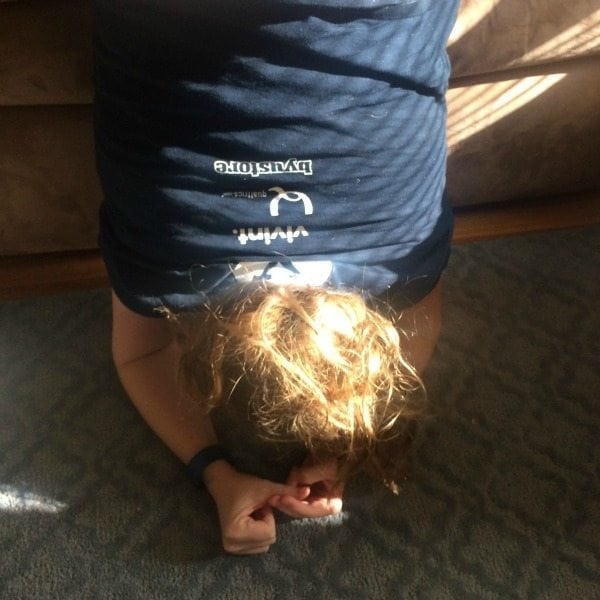
Swimming: Multiple sources said that the gravitational pull from swimming can help a baby turn into the head down position. We went swimming about four times during that week after we found out Oliver was breech. I read even more often that you should do a head stand under water (make sure you have help), but I really didn’t want to attempt that.
Light: Since babies can sense light when they are in the womb, some believe that you can “guide” the baby to be head down. I tried this a few times – who knows if it helped! Basically, you start by shining a flashlight where the baby’s head is and slowly move the light down to your pelvis.
Music: Someone suggested putting headphones low on your pelvis and playing classical music. I did this quite often when I was laying down. I would just find a classical music station on Pandora and let the baby listen to it!
Heat/Cold Therapy: Babies like to be warm! My chiropractor recommended that I get a heating pack and put it low in my pelvis for about 20-30 minutes at a time. I started doing this about a day before Oliver flipped around. I actually bought two reusable heat or cold packs. One of them I froze, and I put it where his head was, and then I put the warm one where I wanted his head to be!
You could also just use a package of frozen vegetables. I honestly felt a little bad putting the cold by his head, but hopefully he’s forgiven me by now!
Hypnobabies: I know a lot of people swear by Hynobabies for giving birth. While I had no desire to give birth without pain medication, I thought I would see if they had a CD for breech babies. It turns out they do – it’s called Turn Your Baby, Yes You Can! Click here to see all the Hypnobaby options – including Turn Your Baby, Yes You can! I ended up not buying it (because it wouldn’t have shipped in time), but I did listen to this recording on Spinning Babies. I may buy it next time I am pregnant though…just in case!
Talk to your Baby: Many believe that mothers are deeply connected with their babies before they are born – I certainly do! In the recording I referenced above, the lady has you talk to your baby and ask him/her to move to the ideal birthing position that is safest to them. I begged Oliver to move! I’m glad he listened!
Prayer and Blessings: As most of you know, we are religious people. I strongly believe in the power of prayer and priesthood blessings. I’m pretty sure when I found out Oliver was breech, I constantly was praying that he might turn around. Forrest also gave me a blessing where he assured me that everything would be alright (and I knew it would be – even if he didn’t turn around) and work out how it was supposed to. The day that Oliver turned around, Forrest was actually given a blessing as he was being set apart to be in the Elder’s Quorum Presidency at church. In that blessing, the person giving it said, “I bless your dear wife through you that she will have a straight forward delivery.” Later that night, Oliver flipped around, and even though we had a few scares throughout the remainder of my pregnancy, I constantly felt at peace. I knew that
Our Outcome
I believe the night before I was supposed to go into the doctor to determine his position, our sweet Oliver flipped around. Until that point, I had heard his heartbeat with my heart rate doppler above my belly button. That night, I not only heard his heartbeat closer to my pelvis, but I also had hiccups deep in my pelvis. I really didn’t want to get my hopes up, but I started to think that maybe…just maybe…he had flipped around!
I went to the chiropractor the morning before my appointment, and she felt that the head might be down. When we went to the specialist, he pulled up the ultrasound and said, “Well this baby is not breech!” I can’t tell you what a relief that was. We also found out at that appointment that Oliver was measuring about six weeks behind in his abdominal, femur, and humerus, so in a way, it was a blessing we went to the doctor who discovered that Oliver was IUGR (intrauterine growth restricted), which our other physicians had overlooked.
I went on to have a successful vaginal birth, and Oliver doesn’t seem to be affected from being breech. Sometimes, breech babies can have hip problems, and he will be monitored throughout his first year, but he seems to be doing fine now.
I hope that if you find yourself in the position where your baby is breech, you’ll find comfort and good information from this post. I believe it’s important to be informed about all the positions and options available to you. Sometimes, a baby won’t turn. And if they don’t? It’s okay. It’s also okay to be sad about that. The most important thing is that your baby gets her safe. Good luck!
Disclaimer: I am NOT a medical professional of any kind. This post was written from my own experience and research but should not substitute the advice of your physician.




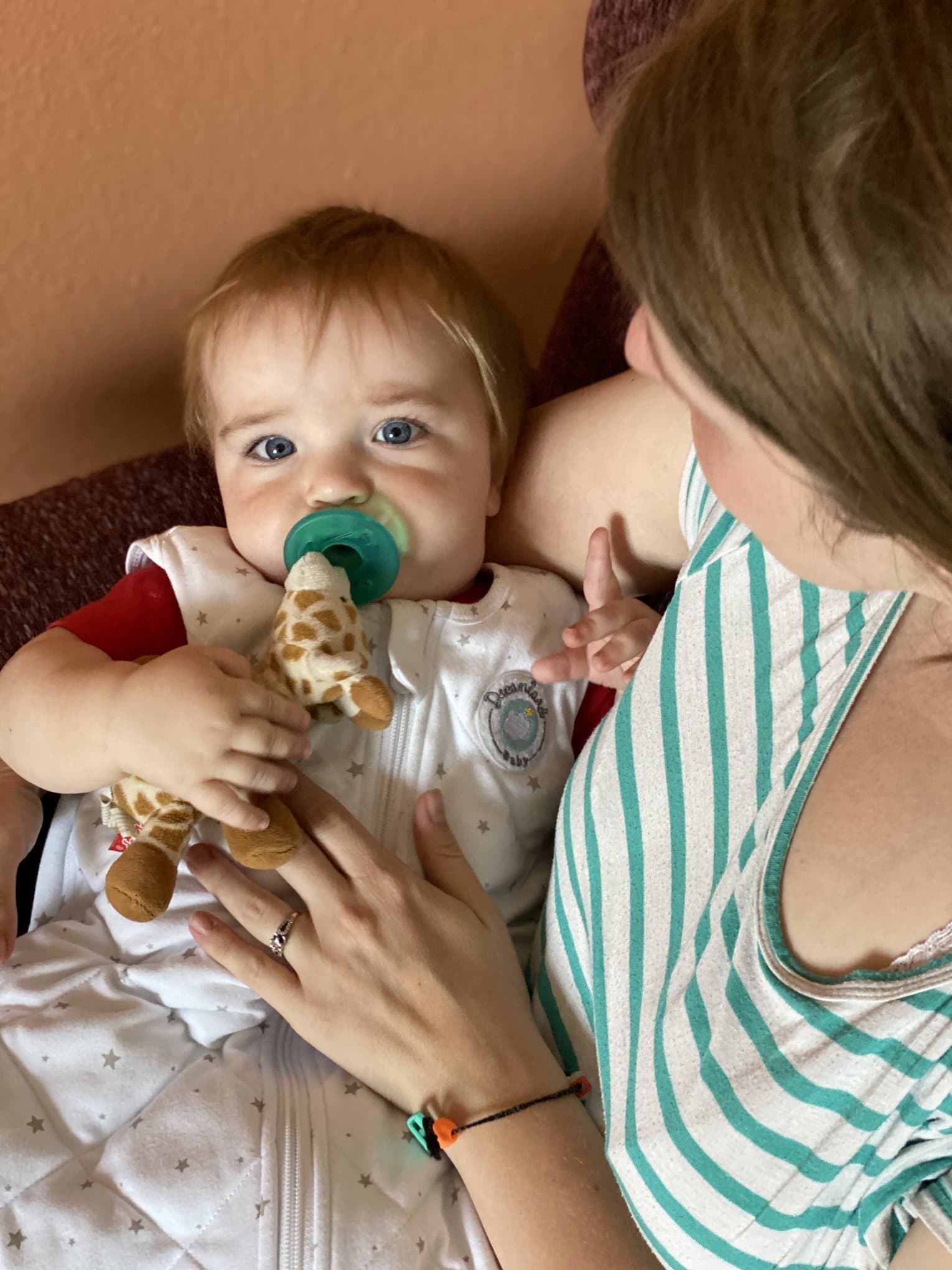
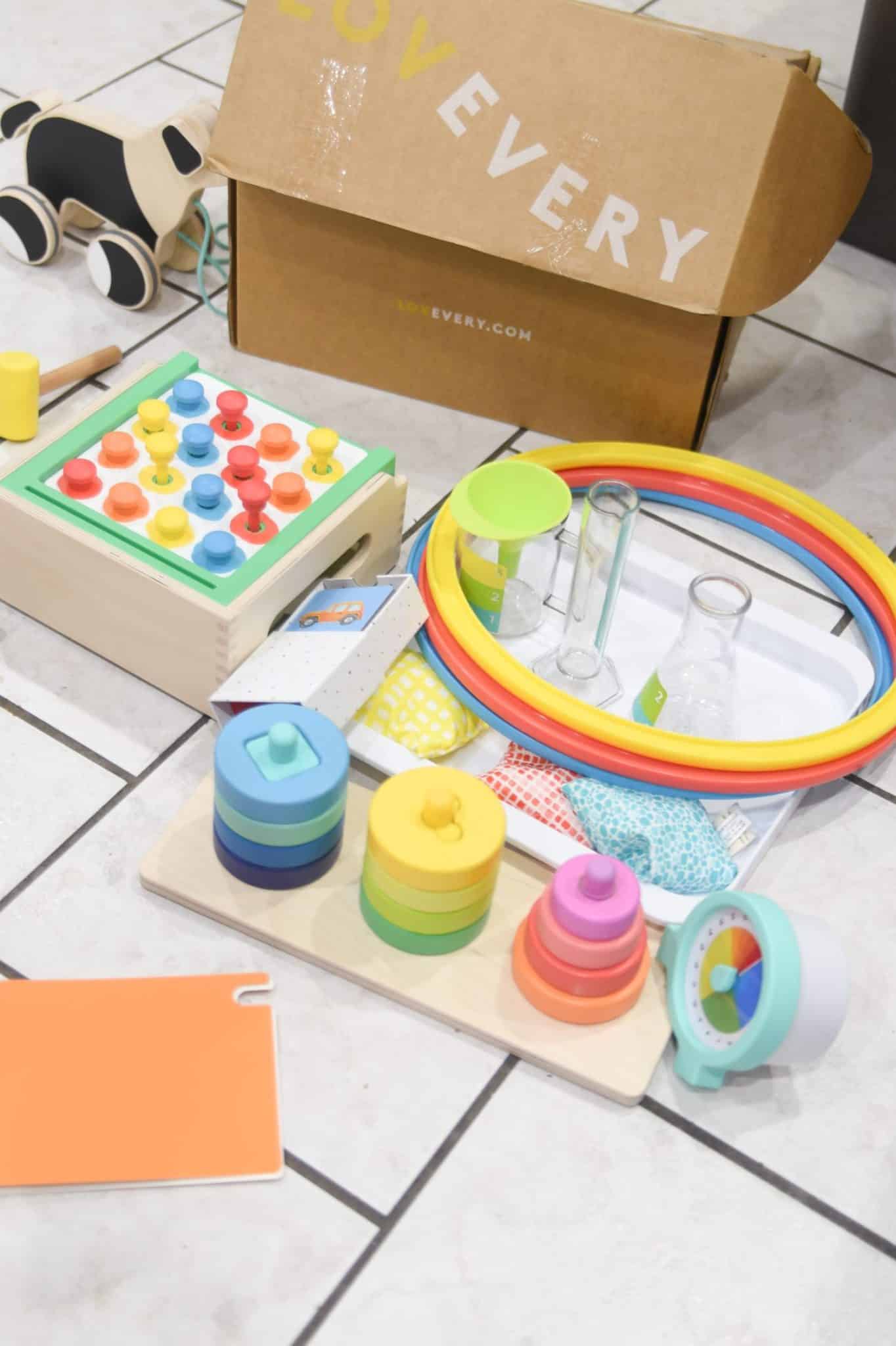


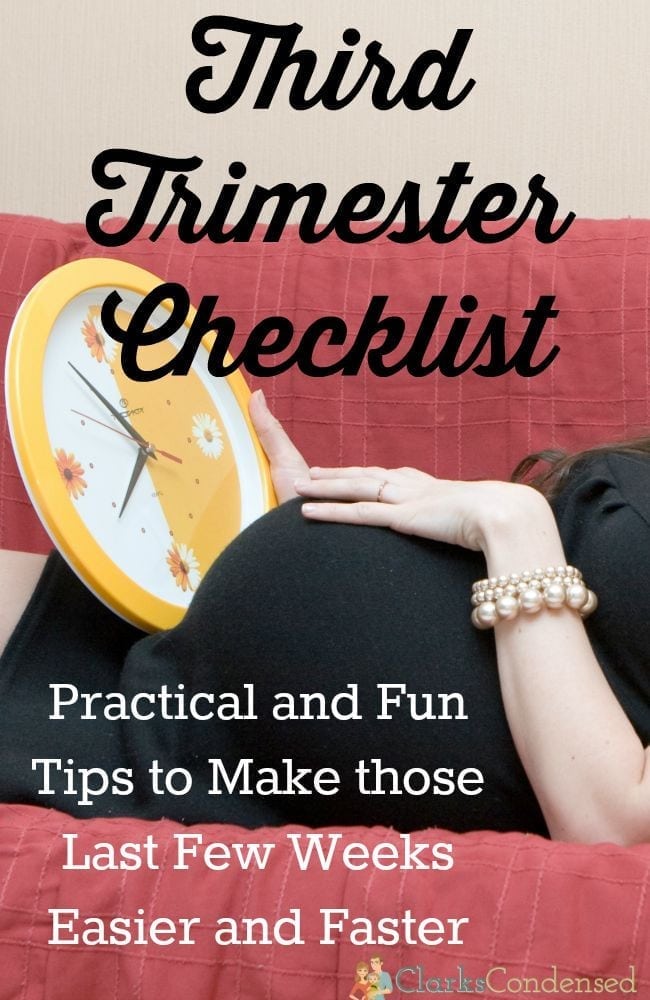
I am first time mum. I am 36week 3 days my baby his in breech. Just understand it now as u explained. I pray it should change before my next meeting. Please advise what I should be doing now. Thanks for sharing your experience.
Were you past 36 weeks & still breech? At what week did you start chiropractic work? Thanks so much for that website too! It makes me feel so much better knowing they know the Webster’s technique.
I’m 36 weeks & just now starting. I don’t want it to be too late.
Hi! I was 37 weeks when I was breech. We did an ECV the next day – which did not work – and then I started chiropractic the next day and went every day for a week. He turned sometime before 38 weeks, which shocked the doctors, especially after he was born, and they saw what a short cord he had. I would say find a Webster TEchnique chiro and get started now 🙂
I just wanted to thank you for sharing all of your research. I was in a panic after hearing my baby was breech at 36 weeks and my doctor wanting to schedule procedure to flip the baby just 4 days after my appointment. Your blog provided me ALL the information and references I needed. I was able to get in to see a chiropractor who encouraged me to ask for more time to flip the baby using less invasive techniques. She also referred me to the Baby Spinnig website which I had already found thanks to you! After my 2nd chiropractor visit in 4 days and trying some of your other suggestions, my ultrasound showed baby had flipped! I can’t thank you enough for taking the time to share your experience and information!
So glad I found this blog today. I’m 36 weeks and 3 days today (first time mom), and found out yesterday that my baby that has been head down this entire time has decided to flip. I was completely devastated to find out that something was “wrong” and birth may not be quite like I’ve imagined it. My doctor did not discuss really anything with me. She said well he is definitely breech, and if he’s still breech next week, we will schedule a c-section.. nothing more and nothing less. I don’t think she was expecting me to absolutely loose it in her office, so maybe that is why she didn’t elaborate on any other options. I will definitely be trying some of the techniques you discussed and praying for the best outcome, whatever that outcome may be.
I just wanted to share my experience- my baby number 8 was breech at 32 weeks. I wasn’t worried, he’d have turned by my next appointment, plenty of time. He was still breech at 34 weeks – and 36 weeks. I was booked in to try to turn him, but when the consultant checked on the day, she said the cord was around his neck and she couldn’t risk trying to turn him. I went in for my pre-caesarean checks, and he was still obstinately breech. Needless to say, I had tried every method I could find over the past few weeks to try to turn the little monkey. I was really upset about having a cesarean, but at least I could make arrangements for my other children, and the whole day before I was comforting myself by saying “in 24 hrs I’ll be holding my baby ….In 12 hrs I’ll be holding my baby…” I went in to hospital, signed forms, showered, changed, met the anaesthetist etc. Baby was checked, definitely head down. They did a quick scan to be sure of his position before they cut – and guess what? He was head down! They sent us home feeling very bewildered! I ended up waiting for another 3 weeks before I eventually ended up holding my delicious little man after a very easy (natural!) labour. Everyone’s experience is different – I guess what I really want to say is – all the stress and anxiety was for nothing. I know I had the optimal outcome, but even if you end up with a cesarean, stress and anxiety before hand still doesn’t help. What happens, happens, and your baby is forever!
Just realised I said definitely head down – I meant definitely breech!
Wow, that is amazing! Thank you for sharing your story and your thoughts =)
My first born was footling breech. I was dialated and bleeding at 30 weeks and was on bed rest for 6 weeks until my water broke at home and I had an emergency c-section. Her cord was wrapped twice around her neck. She was fine when it was all over, thank goodness. The footling breech position was very painful and I could only lay on my right side for 6 weeks. Her feet kicked my sensitive cervix and it hurt. I live in Houston and my doctors and hospital were very experienced. Texas Womans and Texas Childrens. I was the first case of footling breech they had ever seen. I was in and out of the hospital for 6 weeks and every time a new set of nurses and new set of on call doctors wanted to see me and “learn” from the position my baby was in. My other two babies were in the correct birthing position.
Oh my, I can’t even imagine. From what I’ve read, footling breech is the most difficult – I had no idea it was painful though. I’m so sorry! Sounds like it must have been a learning experience for the other doctors/midwives – don’t you love it when you become the learning subject :)I’m glad your other babies were in the correct position though and that your footling was healthy, despite having the cord around her neck.
i like your description of pain of the version… now that being said i didnt end up having a vaginal birth, because my breech baby didnt turn… But not super comfortable isnt quite the way i would describe it… it hurts girls… REALLY BAD…But i’d do it again if i had to, it’s worth a shot.
I’m sorry that it was so painful for you! I was expecting the worse, as I had heard that ECVs are very painful for some people. I don’t know if it was because of the relaxant they gave me (afterwards I was having contractions 2-3 minutes apart, and I couldn’t even feel them), but it truly as just uncomfortable pressure. I talked to my friend, who is a L&D RN, and she said that sometimes it isn’t painful if the doctor isn’t doing it right. Who knows. Thanks for sharing your experience though – I know it’s always good to have a variety of experiences to read from! I added a comment after my “not super comfortable” that it can be painful for some 🙂
mine was worse then labor 🙁